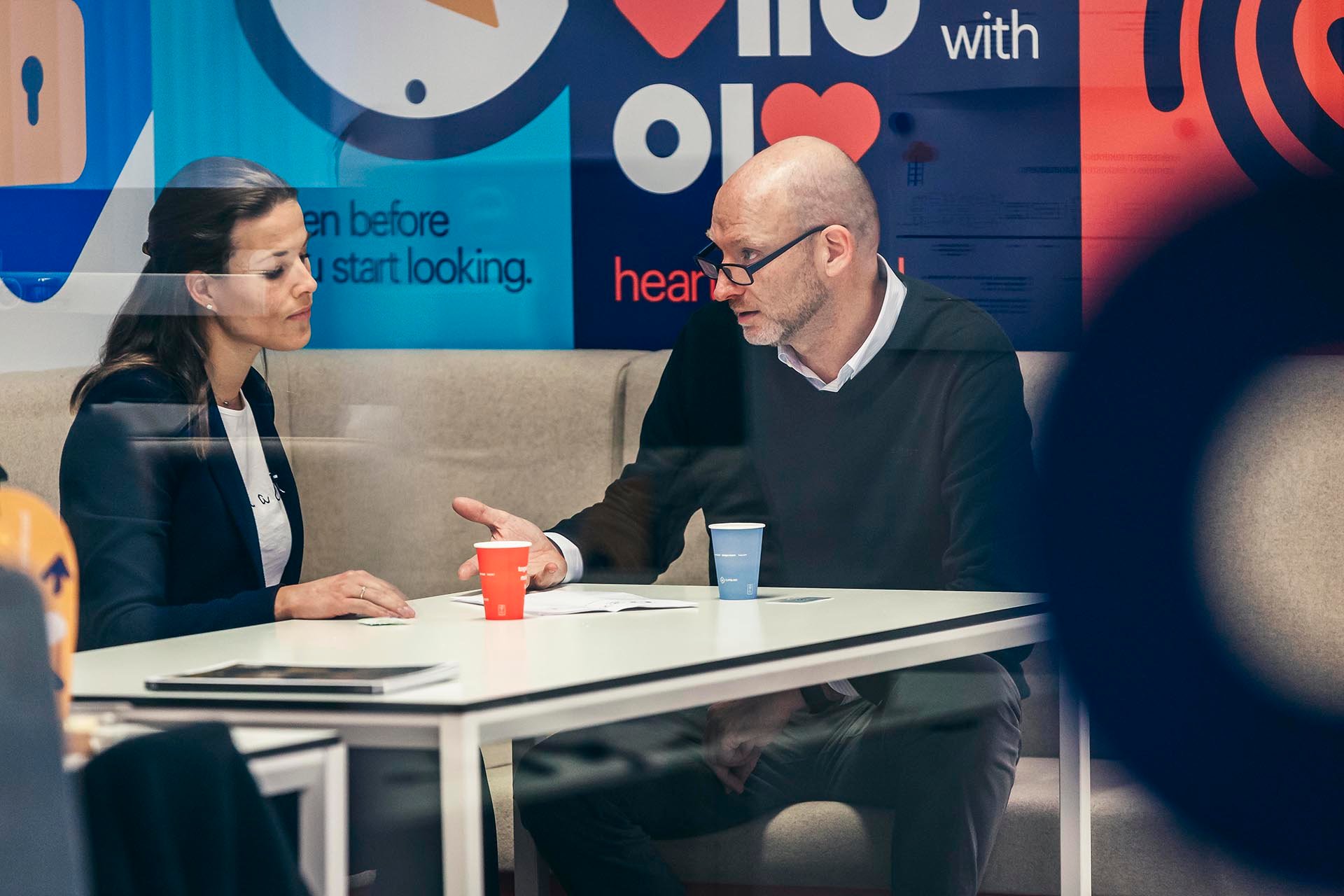When the conversation with Alexander Croiset turns to the subject of data, his face lights up. “I’m all data! I love to analyze things,” he beams. As an analytics translator at Randstad, he is a significant driver in making Randstad a more data- and value-driven organization.
Tech and Touch
Spanning 38 countries, with more than 4,800 offices and close to 700,000 people working through Randstad every day, the company is a force in the staffing industry. As an HR company that is focused on the ‘soft side of business’, Randstad’s decision-making process was not always data-driven, but around eight years ago that started to change.

It changed so much that Randstad now takes a “tech and touch” approach. As Alexander explains, “We’re experiencing an extreme acceleration toward data-driven working. Our tech side supports our touch side — our HR consultants who link talents and organizations — with solutions like matching algorithms to improve the process of finding the right person for the right job.”
Linking Data Science with the Business
In his role as analytics translator, Alexander bridges the gap between business needs and data science solutions. “On the business side, many people used to make decisions based on feeling,” he elaborates. “I always ask them to show me data. By finding the right data, I try to answer their questions.”
Becoming Value-Driven
Alexander wanted to improve his skills so he could be a more effective link between data science and the business. “At Randstad, you can always develop yourself. One of my colleagues recommended the Analytics Translation by Xebia.”
“What I liked most about the Analytics Translation training is that it is very applicable. The cases are based on real-life experience from the Xebia consultants. The cases they discuss during the course are very valuable.”
The training supported Alexander in becoming more value-driven. “Within a big company like Randstad, it’s easy to start a big project. The value of the project used to be the last thing people thought about.”
The training focuses extensively on how to prove value at every step of the project, something Alexander has implemented in his approach. “We compartmentalize all our experiments into different stages. At the end of every stage, we validate if we still create value. For me, it’s much easier to advise on a project because of what I’ve learned during the training about being value-driven,” he said.





